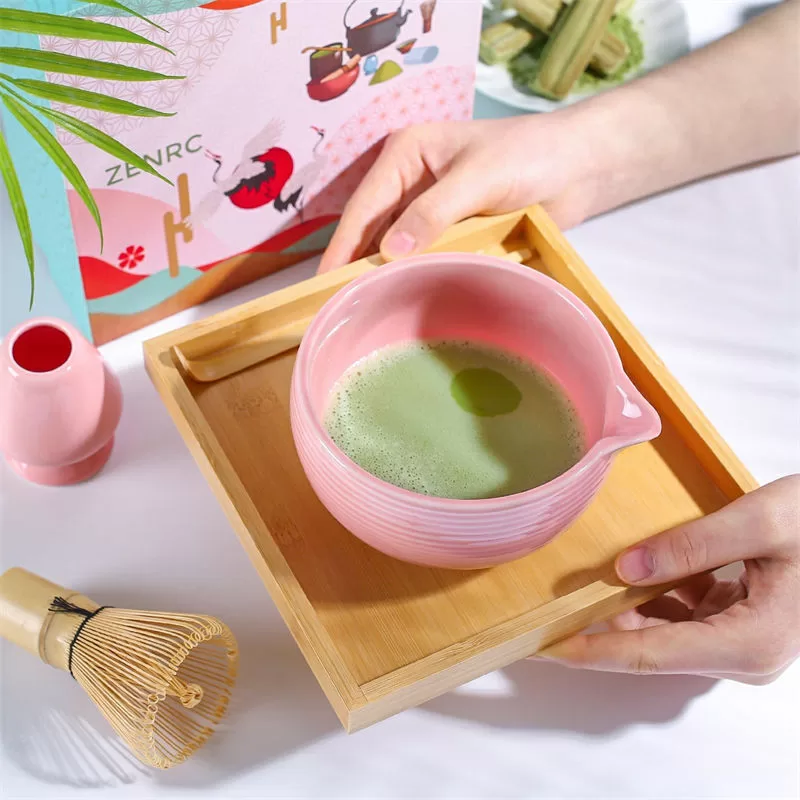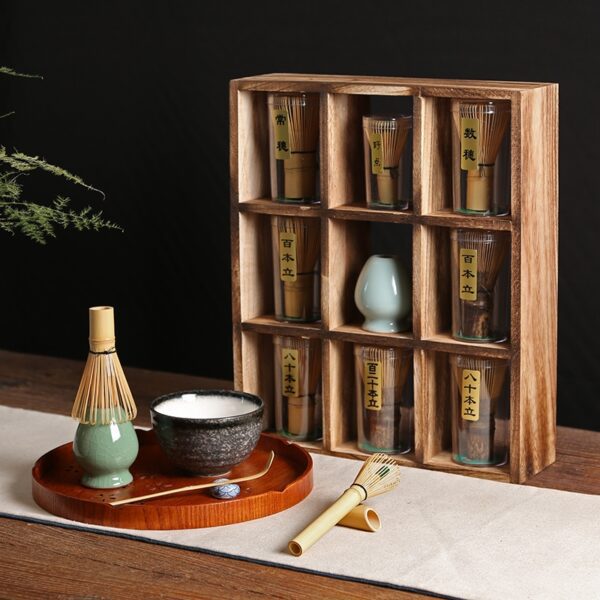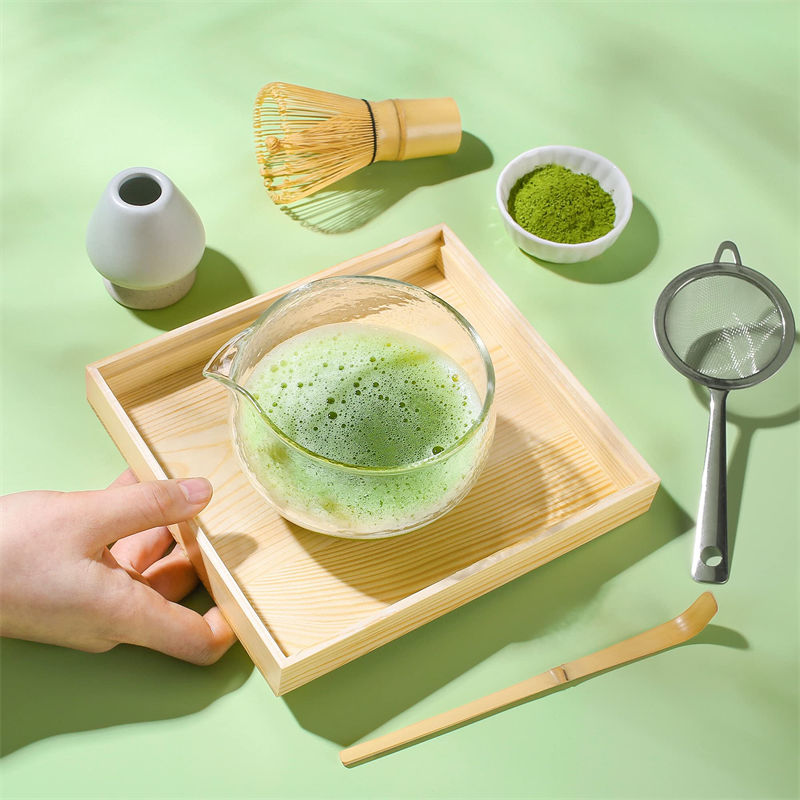Do you like matcha? Do you know the origin of matcha? Do you want to learn about the benefits of matcha? If you are interested in these questions, then please continue reading this article and let’s explore the world of matcha together.
Matcha, the green tea powder originating from China, has captivated the world with its unique taste and nutritional value.
Origin of Matcha
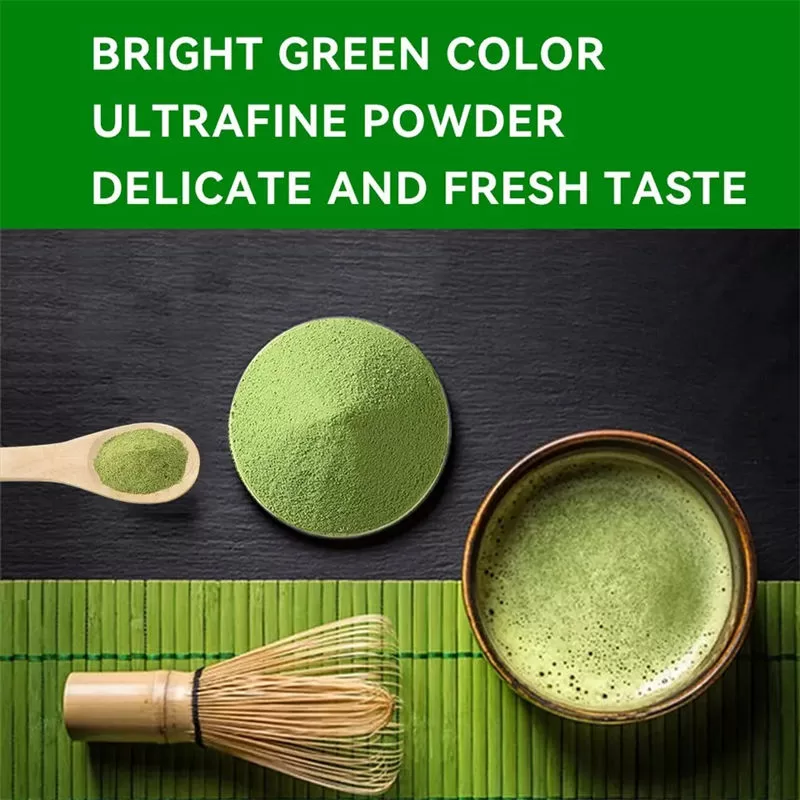
Matcha is a type of tea that originated in the Sui Dynasty of China and is now also known as matcha due to Japanese influence. The traditional Chinese characters for matcha are “末茶”, with “末” meaning “powder” or “fine powder”. Matcha was originally used in tea competitions called “dou cha”, which were elegant entertainment activities held in temples or palaces. Participants needed to distinguish different qualities of matcha and select the winner. Dou cha reached its peak during the Tang and Song Dynasties, especially in the Song Dynasty, where it had a complete temple matcha tea ceremony.
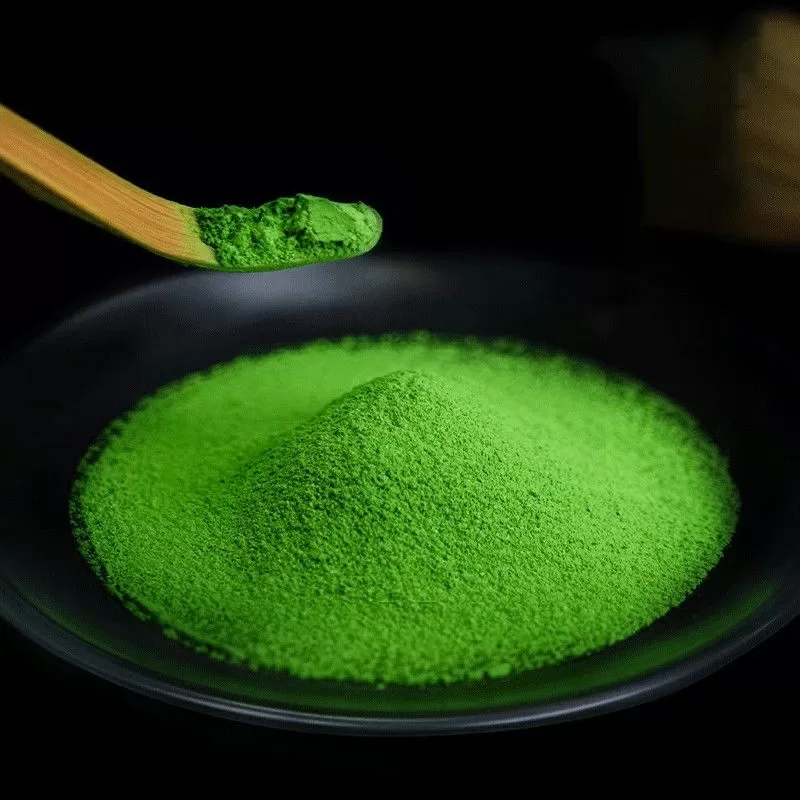
Production of Matcha

Drinking Matcha
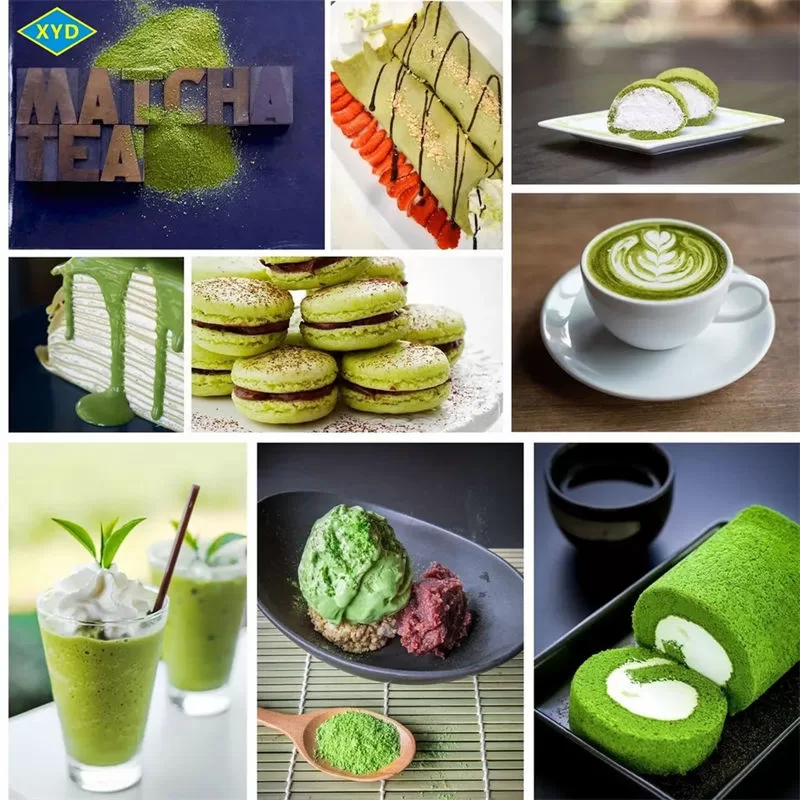
The basic method is:
- 1. Warm the bowl: First, pour boiling water into the tea bowl together with the tea whisk.
- 2. Mix the paste: Put 2 grams of matcha into the bowl, add a small amount of water (a few milliliters), and mix the matcha into a paste to prevent the very delicate matcha from clumping.
- 3. Whisk the tea: Then add about 60 milliliters of water, and use the tea whisk to brush and stir the matcha in a zigzag pattern (also described as an M-shaped or W-shaped trajectory) along the bottom of the bowl, so that a large amount of air is mixed in to form a thick foam. "The blue clouds are blown away by the wind, and the white flowers float and condense on the surface of the bowl." This is the praise of matcha by the Tang Dynasty poet Lu Tong, describing the shape and color of the foam on the matcha. Thick matcha (4 grams of matcha added to 60 milliliters of water) is called "koicha" in the Japanese tea ceremony, and less matcha (2 grams of matcha added to 60 milliliters of water) is called "usucha".
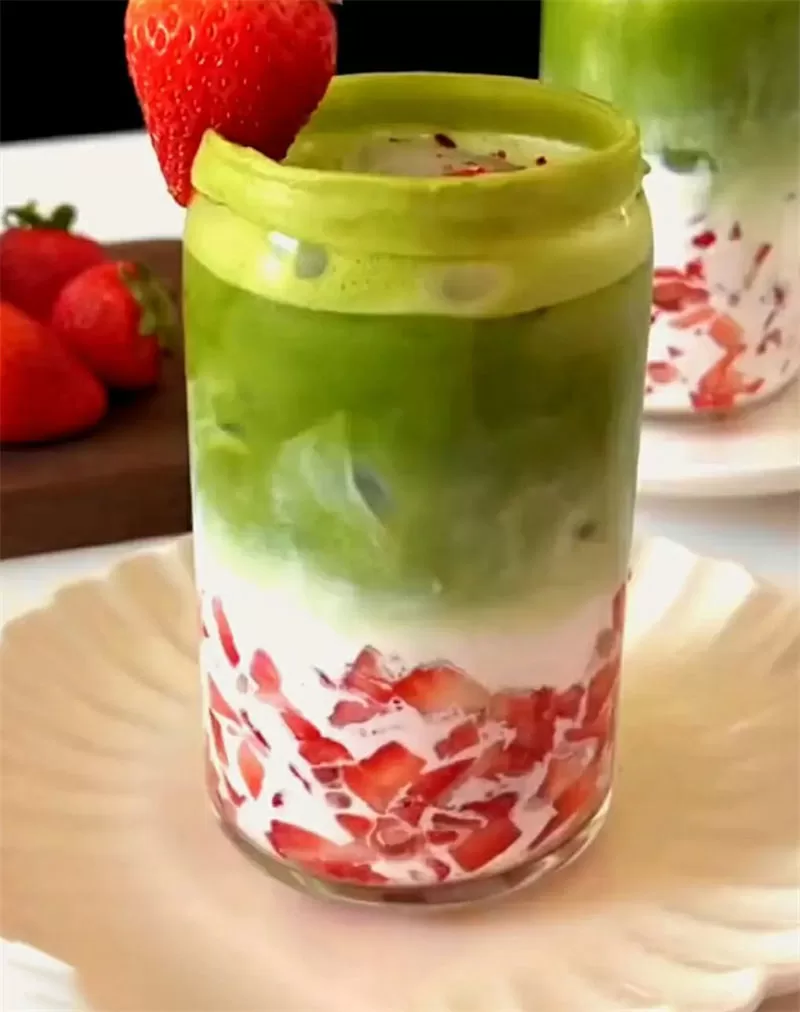
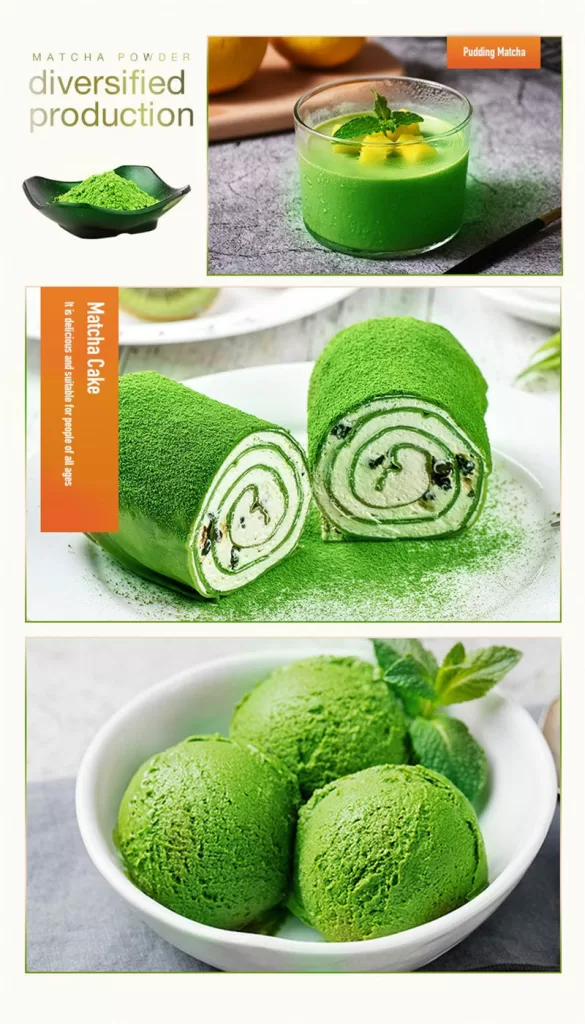
Benefits of Matcha
- 1. Antioxidant: Matcha contains rich antioxidants such as catechins and anthocyanins, which can remove free radicals in the body, prevent aging, and prevent cancer.
- 2. Lowering blood pressure and cholesterol: Matcha can lower blood pressure, blood sugar, and cholesterol, prevent cardiovascular disease and diabetes.
- 3. Whisk the tea: Then add about 60 milliliters of water, and use the tea whisk to brush and stir the matcha in a zigzag pattern (also described as an M-shaped or W-shaped trajectory) along the bottom of the bowl, so that a large amount of air is mixed in to form a thick foam. "The blue clouds are blown away by the wind, and the white flowers float and condense on the surface of the bowl." This is the praise of matcha by the Tang Dynasty poet Lu Tong, describing the shape and color of the foam on the matcha. Thick matcha (4 grams of matcha added to 60 milliliters of water) is called "koicha" in the Japanese tea ceremony, and less matcha (2 grams of matcha added to 60 milliliters of water) is called "usucha".
- 4. Detoxification and beauty: The chlorophyll in matcha has a good detoxification effect, which can help clean the blood and intestines, and eliminate heavy metals and toxins. In addition, chlorophyll can promote the metabolism of skin cells, improve skin color and texture.
- 5. Enhancing immunity: Matcha contains various vitamins, minerals, and trace elements, which can enhance the body's immunity, prevent infection and inflammation.
